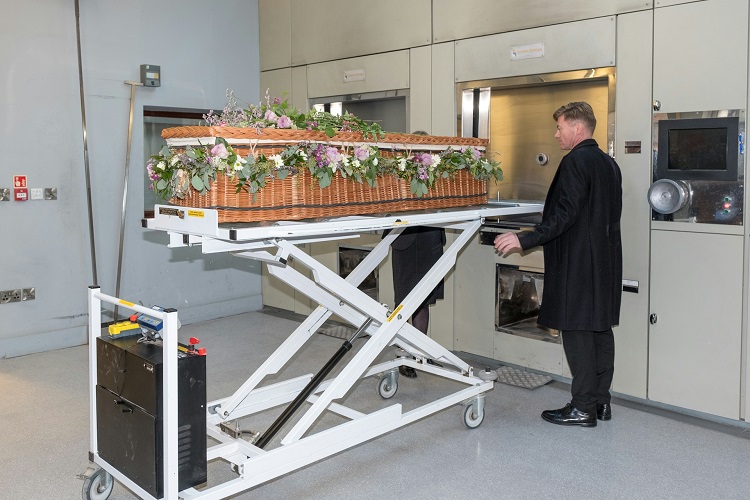Over the past few decades, a quiet but profound shift has occurred in how we approach end-of-life arrangements. What was once a relatively uncommon choice has now become the preferred option for a majority of Americans. This pivot from traditional burial to cremation isn’t just a footnote in sociological studies; it’s the driving force behind one of the most rapidly growing business sectors in the funeral industry.
This fundamental change in public preference has created a surge in demand for related services, directly impacting everything from pre-planning consultants to the essential facilities that handle the process itself. The operational core of this trend lies with the local crematory, an institution that is becoming increasingly central to modern communities. Understanding the reasons behind this boom reveals a great deal about our changing society, values, and economic realities.
Here are five key factors related to the growth of the cremation services sector.
Table of Contents
1. Significant Cost Differences
Perhaps the most practical and compelling reason for the rise in cremation is the cost. A traditional funeral can be one of a family’s largest single expenses, often running into the tens of thousands of dollars. This includes expenses for a casket, a burial plot, a grave liner or vault, a headstone, and embalming services. In contrast, direct cremation can be accomplished for a fraction of that price. For families navigating a difficult time, the ability to honor a loved one without incurring a massive financial burden is a powerful motivator. The National Funeral Directors Association regularly reports on this cost disparity, which remains a primary driver for consumers.
2. Changing Religious and Spiritual Views
For centuries, religious doctrine heavily influenced end-of-life rites, with many faiths strictly requiring burial. However, society has seen a dual shift. First, many mainstream religions, including the Catholic Church, have relaxed their stances and now permit cremation. Second, a growing portion of the population identifies as spiritual but not religious, or as secular. For these individuals, personal philosophy and individual wishes outweigh religious tradition. This cultural evolution liberates families to choose arrangements that they feel are more authentic to the person they are honoring, rather than adhering to a prescribed ritual.
3. Growing Environmental Awareness
In an age of increased environmental consciousness, many people are re-evaluating the impact of their final footprint. Traditional burials require a significant amount of land. They also often involve embalming with chemical fluids like formaldehyde, and the burial of non-biodegradable materials like finished hardwood caskets and concrete vaults. While cremation has its own energy footprint, many see it as a more ecologically responsible choice, as it avoids the permanent use of land and the introduction of non-biodegradable materials into the earth. This appeal to “green” values resonates strongly with a growing segment of the population.
4. A Desire for Flexibility and Personalization
Cremation offers a level of flexibility that burial simply cannot. Once a body is buried, it is tied to a single geographic location. Cremated remains, however, can be handled in countless personal ways. They can be scattered in a place that was meaningful to the deceased, like the ocean or a favorite national park. They can be kept at home in a decorative urn, shared among multiple family members, or even incorporated into memorial items like glass art or jewelry. This ability to personalize a final resting place allows for a more creative and intimate form of remembrance that many modern families prefer.
5. Increased Mobility and Dispersed Families
The concept of a “family plot” in a local cemetery made perfect sense when generations of families lived and died in the same town. In today’s globalized world, that’s rarely the case. A permanent gravesite can become a location that is difficult, if not impossible, for loved ones to visit. The portability of cremated remains solves this modern dilemma. It allows families to keep their loved ones close, regardless of where life takes them. This practical consideration is a major factor behind the rising statistics on cremation adoption seen across North America, a trend tracked by industry groups like the Cremation Association of North America (CANA).
Ultimately, the boom in cremation services is more than a business trend; it’s a direct reflection of a society that is becoming more practical, mobile, environmentally aware, and focused on personal choice.

